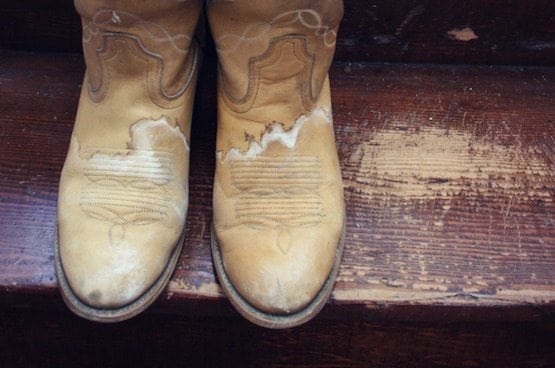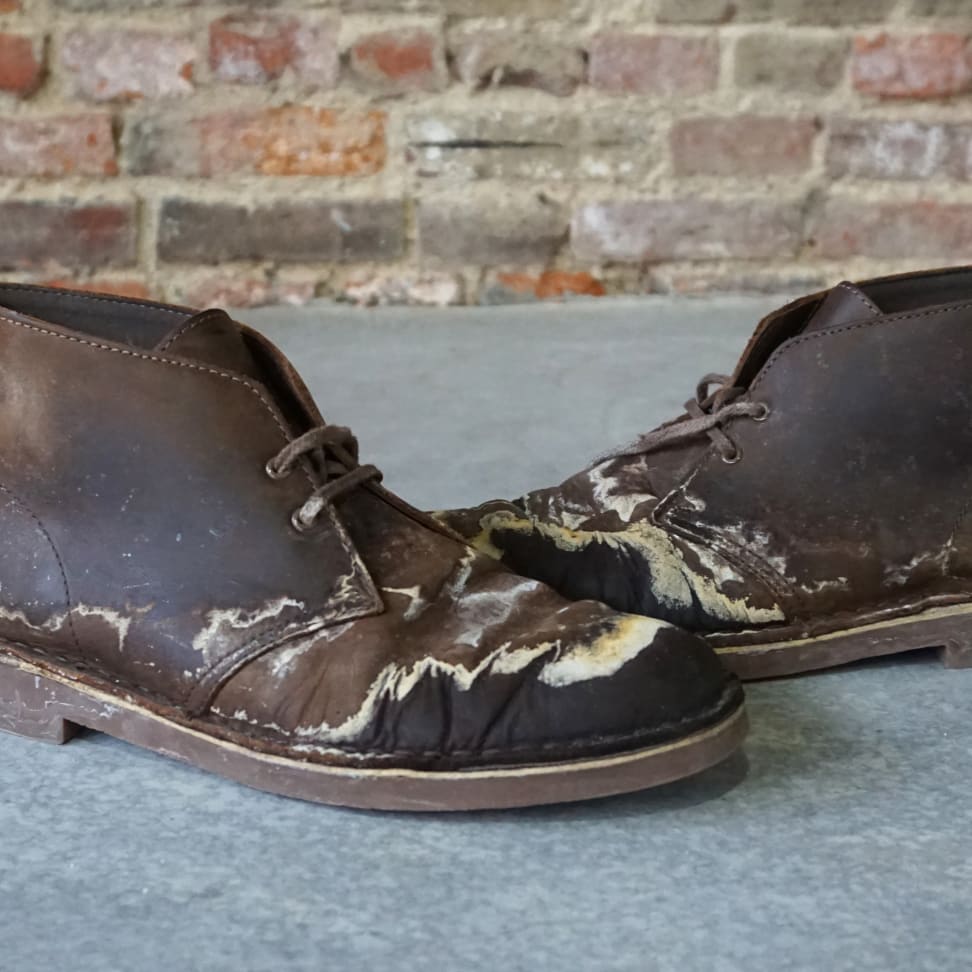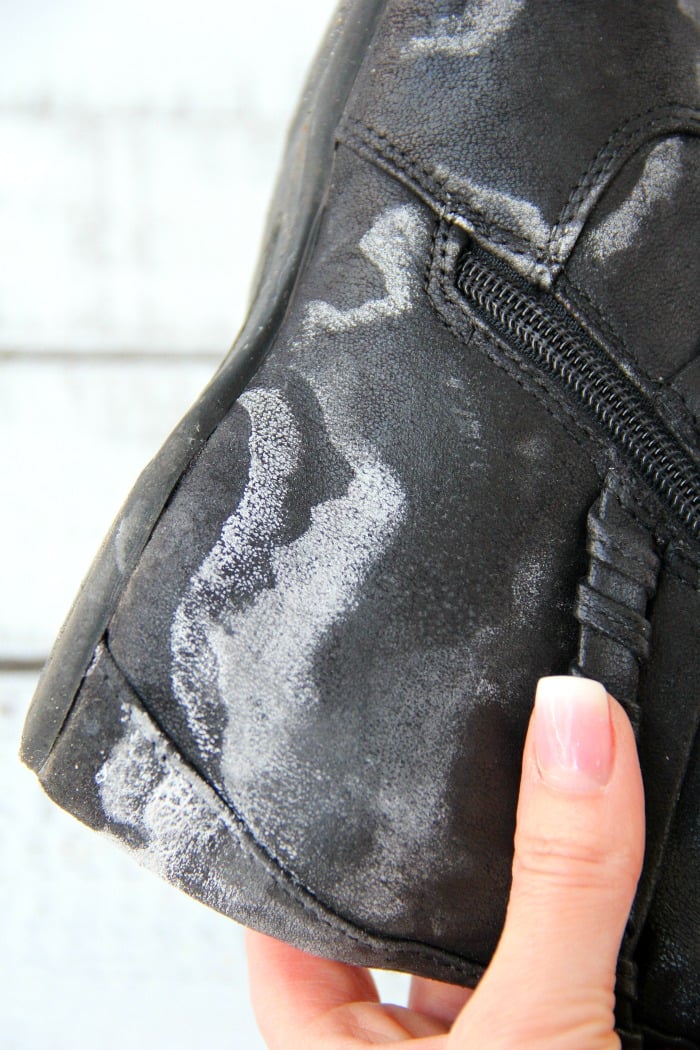Salt stains can be a real headache for shoe lovers, especially during winter months when snow and ice are prevalent. Not only do these stubborn stains diminish the appearance of your beloved footwear, but they can also lead to material degradation if not addressed promptly. In this guide, we’ll explore effective methods to remove salt stains from various types of shoes, share personal experiences, and provide tips that every shoe enthusiast should know. Let’s dive in!
Understanding Salt Stains: What Are They and How Do They Form?
Salt stains generally occur when moisture combines with salt (usually from road treatments during winter). When the moisture evaporates, it leaves behind a white crusty residue that can tarnish the beauty of your shoes. This can be particularly problematic for leather, suede, and fabric shoes, which may require special care.
Common Signs of Salt Stains
Salt stains are easy to spot. Look for white or discolored patches on the surface of your shoes, usually around the sides or the soles. If you notice any of these signs, it’s time to act!
Different Types of Shoes: A Breakdown of Materials
Leather Shoes
Leather shoes are a staple in many closets due to their durability and classic appearance. However, they require special care to keep them looking their best. Salt can dry out leather, making it brittle over time.
Suede Shoes
Suede is a soft, luxurious material that is more susceptible to damage from salt stains than leather. Cleaning suede requires gentle methods to avoid ruining its texture.
Canvas and Fabric Shoes
Canvas and fabric shoes are typically easier to clean than leather or suede, but they can still be damaged by salt if not treated promptly. Often, these materials are more durable against water but can retain salt stains longer.

Effective Home Remedies for Removing Salt Stains
1. Vinegar and Water Solution
One of the most popular methods for removing salt stains involves using a mixture of vinegar and water. Here’s how to do it:
- Mix equal parts of white vinegar and water in a bowl.
- Dip a clean cloth into the solution and wring it out so it’s damp, not soaking wet.
- Gently rub the stained area with the cloth, alternating with a soft brush if necessary.
- Let the shoes air dry, away from direct sunlight.
Pros and Cons of Vinegar and Water
| Pros | Cons |
|---|---|
| Effective for most materials | Vinegar smell may linger |
| Inexpensive | Can discolor some fabrics if not rinsed properly |
2. Baking Soda Paste
Baking soda is another excellent method for removing salt stains. It acts as a gentle abrasive and deodorizer. To use this method:
- Create a paste with baking soda and water (three parts baking soda to one part water).
- Apply the paste to the stained area using a soft brush.
- Gently scrub in a circular motion.
- Wipe away any residue with a damp cloth and let the shoes dry completely.
Pros and Cons of Baking Soda
| Pros | Cons |
|---|---|
| Non-toxic and environmentally friendly | Can be abrasive on delicate materials |
| Multi-functional (deodorizer) | May require repeated applications for tough stains |

3. Cornstarch Method for Suede Shoes
Using cornstarch is an ideal way to clean salt stains from suede shoes. Here’s how:
- Sprinkle a generous amount of cornstarch on the stained area.
- Leave it on for a few hours or overnight, allowing it to absorb the salt.
- Brush away the cornstarch with a soft-bristled brush.
Pros and Cons of Cornstarch
| Pros | Cons |
|---|---|
| Gentle on delicate materials | May require multiple applications |
| Easy to find in your kitchen | Less effective on darker stains |
Comparison Table of Cleaning Methods
| Method | Materials | Effectiveness | Cost |
|---|---|---|---|
| Vinegar & Water | Leather, Fabric, Canvas | High | Low |
| Baking Soda | Leather, Fabric, Canvas | Medium | Low |
| Cornstarch | Suede | Medium | Very Low |

Store-Bought Solutions: Pros and Cons
1. Commercial Salt Stain Remover
Many products specifically designed for removing salt stains are available on the market. They often come with instructions for various materials and can be quite effective.
Pros and Cons
| Pros | Cons |
|---|---|
| Quick results | Can be expensive |
| Formulated for specific materials | Chemicals may damage some fabrics |
2. Protective Sprays
Investing in a protective spray can help prevent salt stains from setting in the first place. These sprays create a barrier against moisture and dirt.
Pros and Cons
| Pros | Cons |
|---|---|
| Prevention is key | Still need to clean if stained |
| Can protect against other stains too | Requires reapplication over time |

Real-World Experiences: Testimonials and Case Studies
Case Study 1: James’ Leather Boots
James, a boot enthusiast, discovered salt stains on his new leather boots after a particularly snowy week. He decided to try the vinegar and water method. After a few applications and gentle scrubbing, he was delighted to see his boots looking brand new again!
Case Study 2: Sarah’s Suede Heels
Sarah wore her beloved suede heels to a holiday party and later found them stained from the icy sidewalks. She applied cornstarch and left it overnight. To her surprise, the stains disappeared without damaging the suede.

Case Study 3: Tom’s Canvas Sneakers
Tom used baking soda to combat the salt stains on his canvas sneakers after a winter hike. While it took a couple of rounds, he successfully restored the shoes’ appearance without compromising the fabric.
Preventing Salt Stains Before They Happen
While knowing how to remove salt stains is essential, prevention is always the best strategy. Here are some tips:
1. Use Protective Sprays
Before winter hits, treat your shoes with a protective spray. This will create a barrier against moisture and dirt, making it easier to clean off any stains that do occur.

2. Keep a Cleaning Kit Handy
Having a cleaning kit with vinegar, baking soda, and a soft brush on standby will allow you to tackle stains as soon as they happen, reducing their chance of setting in.
3. Regular Maintenance
Regularly clean and condition your shoes according to their materials. For leather, use a specialized leather conditioner to prevent drying and cracking.

FAQs: All Your Questions Answered
1. Can salt stains be removed from all types of shoes?
Yes, but the method of removal will vary depending on the material. Leather, suede, and canvas each require different approaches.
2. How do I know if my shoes are damaged by salt?
Look for discoloration, cracks, or a loss of texture. If you notice any of these signs, it’s crucial to clean them as soon as possible.
3. Is vinegar safe for all shoe materials?
While vinegar is effective for most materials, it may discolor or damage certain fabrics. Always test on a small hidden area first.
4. Can I use bleach to remove salt stains?
No, bleach can damage most materials and should not be used to remove salt stains.
5. How important is it to clean salt stains promptly?
Very important! The longer salt stains sit, the more challenging they become to remove, and they can damage your shoes over time.
6. What is the best way to clean salt stains from suede?
The cornstarch method is typically the best option for suede, while brushing with a suede brush can also help.
7. Are there any products I should avoid when cleaning shoes?
Avoid any harsh chemicals or abrasive cleaners that can damage the surface of your shoes.
8. How often should I clean my shoes during winter?
It’s best to clean your shoes after every wear, especially if they’ve come into contact with snow or ice.
9. Can salt stains become permanent?
If left untreated for too long, salt stains can become difficult to remove, so it’s crucial to act quickly.
Final Thoughts: Keeping Your Shoes in Pristine Condition
Dealing with salt stains does not have to be frustrating. With the right approach, you can keep your footwear in top shape, ready to take on the elements. Whether you choose a natural cleaning solution or invest in commercial products, the key is to act promptly and use the right techniques for each material.
Remember, prevention is just as important as treatment. Equip yourself with the knowledge and tools to make your shoes last longer and look better. Happy shoe cleaning!